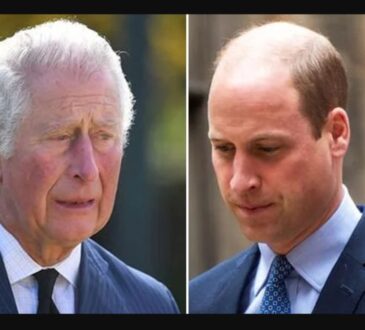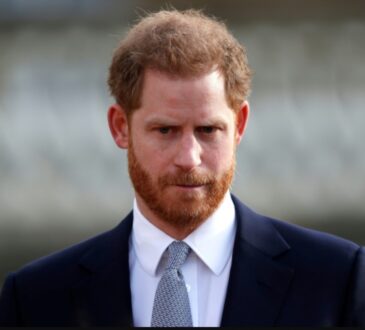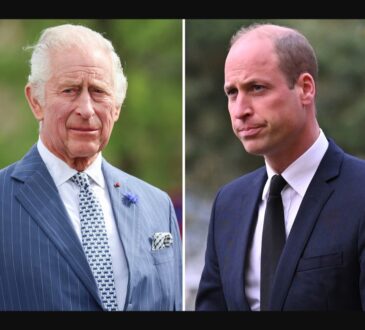“Exploring the Wealth of King Charles and the Royal Family: Property, Jewelry, and Investments Revealed”
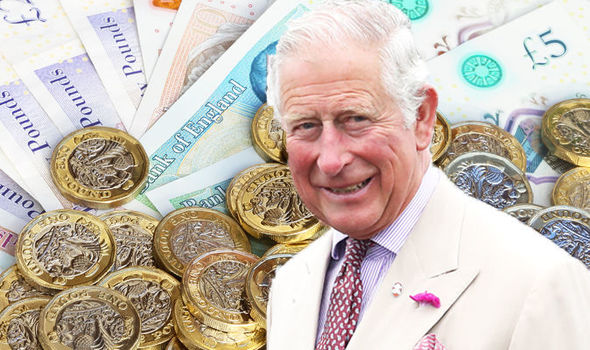
The question of “How much is King Charles worth?” is a topic of interest as his coronation approaches. While certain aspects of King Charles’ personal fortune remain undisclosed to the public, making it challenging to determine the exact value of his estate and wealth, recent investigations have shed some light on his assets.
An examination conducted by The Guardian delved into various aspects of King Charles’ wealth, including properties, jewelry, artworks, vehicles, horses, and even stamp collections. The investigation also explored the impact of inheritance tax immunity, particularly following the passing of Queen Elizabeth II last year. The newspaper suggests that this immunity has potentially enabled Charles to inherit his mother’s wealth without contributing to the public treasury.
In response to these claims, a spokesperson for the King emphasized that they do not comment on private finances. They referred to the figures presented in the investigation as a blend of speculation, assumptions, and inaccuracies. Buckingham Palace declined to provide alternative figures.
As the specifics of King Charles’ wealth remain private, the full extent of his financial worth continues to be a subject of curiosity and speculation.
The research conducted by The Guardian has shed further light on King Charles III’s wealth, indicating that it is now estimated to be close to £2 billion following the Queen’s passing. The newspaper’s investigation suggests that a substantial portion of Charles’ private wealth stems from the responsibilities and engagements he and his family have carried out as working members of the royal family.
The reported figure of £1.815 billion is noteworthy, as it surpasses a previous calculation published by The Sunday Times. The significant increase in the estimated value is indicative of the wealth Charles has amassed throughout his lifetime. However, it is important to recognize that assessing the value of certain assets can be complex, especially when dealing with holdings that are not easily discernible. The Guardian’s research acknowledges these challenges and took into account the expertise of valuation experts while also relying on the best available information to form informed estimates.
While specific details about the composition of Charles’ wealth may remain undisclosed, these findings provide a broader understanding of his financial standing. The substantial accumulation of wealth underscores the extensive responsibilities and duties that come with being a member of the royal family. It also highlights the potential economic impact that the monarchy can have, as their public roles contribute to their private fortunes.
As discussions surrounding the wealth of the royal family continue, the findings from The Guardian’s research contribute to the ongoing public interest in the financial affairs of the monarchy.
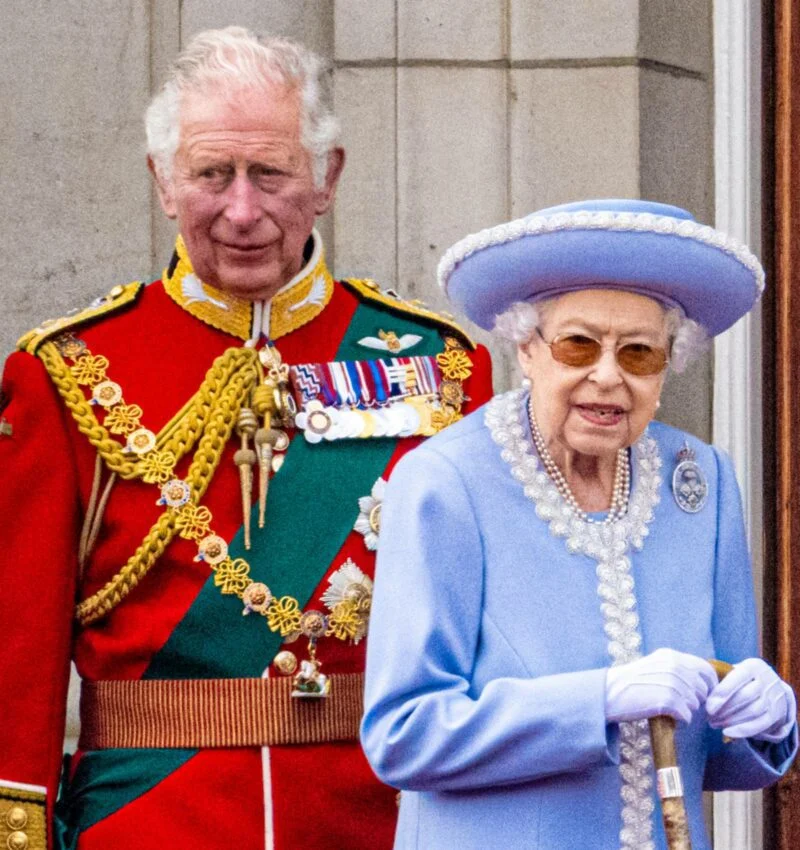
‘Gifts’ from the royal family whose ownership is it?
The ownership of gifts received by the royal family before the introduction of the rules in 1995 can be a more complex matter. While Buckingham Palace established guidelines to distinguish official and personal gifts since 1995, the status of gifts received prior to that period may vary.
In cases where gifts were received before the rules were implemented, their ownership and management might not be bound by the same restrictions. The handling of these pre-1995 gifts could depend on various factors, including individual agreements, customary practices, or specific legal arrangements made at the time.
It is challenging to provide a definitive answer on the ownership of gifts received before 1995 without examining the specific circumstances of each case. The royal family’s approach to managing and maintaining such gifts could differ depending on their nature, historical significance, and any agreements in place.
The topic of pre-1995 gifts adds an additional layer of complexity to the understanding of ownership within the royal family. It emphasizes the evolving nature of policies and practices surrounding royal gifts and highlights the need to consider the specific context of each gift to determine its status and management.
Additionally, according to The Guardian, it is believed that the late Queen owned around 70 racehorses, which were valued at a minimum of £27 million. Since her passing, King Charles has reportedly earned £2.3 million by selling some of these horses at auctions. Some of the horses sold were gifts from notable individuals like the Emir of Dubai and the Aga Khan.
The royal family also possesses a highly regarded private stamp collection, considered the best in the world. It consists of hundreds of thousands of stamps, although public access to it is very limited. Experts estimate that the collection is worth at least £100 million, reflecting its exceptional quality and historical importance.
The Guardian’s report also mentions that King Charles’ father, Prince Philip, and his grandmother, the Queen Mother, were art enthusiasts who acquired artworks by famous artists such as Monet, Chagall, and Dali. These artworks were obtained at prices much lower than their current market value. Art valuers estimate that around 60 of the most significant pieces from a list of almost 400 artworks displayed in “private” or “personal” royal collections are worth £24 million. However, it is believed that this figure could be a significant underestimate, as it doesn’t consider the added value associated with the prestige of being owned by the royal family.
These findings provide a glimpse into the diverse assets owned by the royal family, including valuable racehorses, an esteemed stamp collection, and a significant art collection. The estimated values demonstrate the substantial financial worth of these possessions, reflecting the historical significance and privileged status of the monarchy.
According to reports, King Charles is known to possess property valued at approximately £330 million. However, it should be noted that many of the palaces and residences used by Charles are not technically his own, as properties like Buckingham Palace and Kensington Palace are owned by the sovereign in right of the crown.
Private Property:
Inheritance has granted King Charles two remarkable rural estates, which were originally owned by his mother. One of them is Balmoral in Scotland, comprising Balmoral Castle and nearly 54,000 acres of land. With its potential for forestry, farming, grouse shooting, deer stalking, and renewable energy generation, the estate could be valued at around £80 million.
The Sandringham estate in Norfolk is another property inherited by Charles. It includes numerous rental properties, 6,400 hectares of farmland, and commercial leases. Visitors can even tour the estate for a fee of £23. Conservatively estimated, Sandringham’s value reaches £250 million. It is worth noting that Charles paid no inheritance tax on either Balmoral or Sandringham.
Jewelry:
The valuation of the royal family’s well-known jewelry pieces was conducted in 1989 for a book by Andrew Morton. However, these valuations do not account for any premium associated with their ownership by the royals. Experts from The Guardian believe that the premium on Windsor jewels could potentially increase their value up to tenfold. Consequently, it is estimated that the 54 privately-owned jewels could be worth £533 million.
Investments:
Shares and investments are among the most discreet assets held by the royal family. Although specific details are undisclosed, some clues provide insights into the scale of these holdings. For instance, funds still invested in FTSE 100 companies, as uncovered by The Times journalists in 1993, could have appreciated to a value of £118 million.
In addition, the monarch and heir to the throne are believed to receive significant “private income” annually from hereditary estates. The Duchy of Lancaster, a profitable land and property estate, generates around £20 million per year for the monarch. Accounting for a reported divorce payment of £17 million made to Diana in 1996, the family’s total share wealth is estimated to be £142 million. However, it is worth noting that the affluent tend to invest as much as 50% of their income, which is significantly higher than an average family.
Conclusion:
King Charles and the royal family possess substantial assets, including inherited properties, valuable jewelry, and undisclosed investments. While some of the properties used by Charles are not technically owned by him, his ownership of Balmoral and Sandringham contributes significantly to his wealth. The valuation of Windsor jewels is expected to surpass their original estimates, and the royal family’s investment portfolio remains discreet. Altogether, their assets and income showcase their financial standing, with a total estimated share wealth of £142 million, accounting for deductions and investments.

